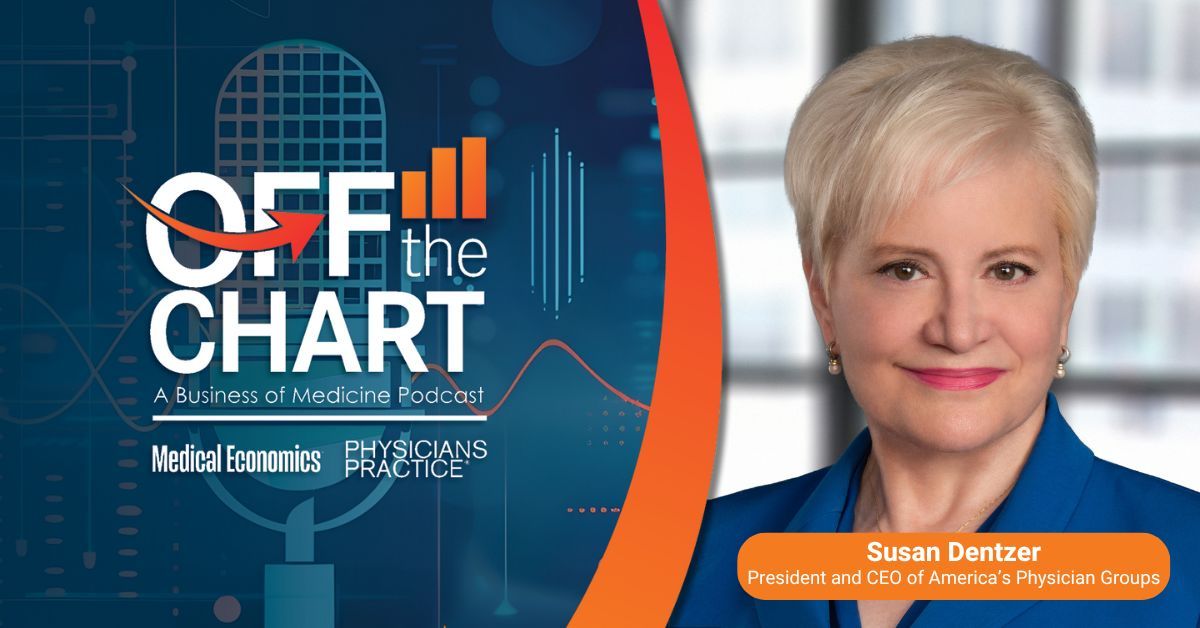Article
Here’s what you need to know about healthcare jobs in the future
Author(s):
What will the healthcare market look like as physicians and hospitals scrambling to staff up?

2.6 percent-it’s an unremarkable statistic.
Not like 2.4 million, which is the number of new jobs the Bureau of Labor Statistics (BLS) predicts will be created in the healthcare market from 2016-2026.
That’s an astounding figure for anyone looking to enter the field of healthcare because it means demand and job security. Yet it’s that unremarkable 2.6 percent statistic that everyone already in the field should be focused on.
Why?
Because it represents the increase in total support staff per full-time-equivalent (FTE) physician in hospital-owned medical practices from 2013 to 2017, according to data collected by the Medical Group Management Assocation (MGMA). And it’s only unremarkable to those unwilling to dig deeper.
Once you do, a story starts to emerge. About what the healthcare market is going to look like not just for job seekers, but for the physicians and hospitals scrambling to staff up in the midst of a system-wide stress test.
Staff will continue to move from the front office to other areas.
While staffing grew overall from 2013 to 2017, the data show a dramatic shift in where those new staff operate. That’s particularly true for hospital-owned practices, which saw a nearly 41 percent drop in total front office support staff per FTE physician.
At the same time, those practices saw a nearly identical rise in total clinical support staff per FTE physician, at just under 43 percent.
While not as dramatic, physician-owned practices displayed a similar trend. While front office staff per FTE physician in those offices grew by 4.2 percent, support staff per FTE physician grew by 9.5 percent over the same time period.
Why this move from front to back?
Electronic Health Records (EHR) have so far not reduced the time burden some thought they would. And changes in either state or federal requirements (or both), combined with EHR systems have increased the demand to provide and manage heaps of information.
Even the most gifted physicians can’t maintain their patient panels and simultaneously manage all of that reporting without either spending most of a patient visit staring at a computer screen or adding significant after-hours work (the dreaded “pajama time”) to updating the EHR.
Back office staff are helping to carry that burden, getting stretched further and creating a need for more cross-coverage. Some practices are countering this added burden by taking better advantage of technology that can decrease the need for staff at the front desk.
If you have one of these job titles, you’re looking good.
The data show that clinical support staff will be a major recruiting focus for practices. But what does that mean exactly?
There are four specific titles that will likely see the biggest growth:
â Registered Nurse (RN)
â Licensed Practical Nurse (LPN)
â Personal Care and Home Health Aides
â Certified Nurse Aide
Yes, there will be growth across the board in healthcare, especially in home health roles. But with increased demand on physicians’ time and the graying of the population, these roles will be in highest demand.
Burnout is real and not going away anytime soon.
According to the MGMA data, increase in support staff is accelerating from year to year, with 2017 showing the fastest acceleration. But that doesn’t necessarily mean it’s getting easier for physicians.
In many cases, there’s a law of diminishing returns-at some point adding more staff no longer works because physicians can only see so many patients in a day without expanding work hours. So even with an increase in help, it isn’t as if doctors are adding back a surplus of time to their days.
In the worst cases, this stress can cause physicians to retire early. Even in a slightly better scenario it can mean an office pushed to its limits.
And that burnout costs real money-to the tune of $4.6 billion.
Support staff can help, but the current model of compensation, the shift to value-based care, and the complications that come with that change are combining to take their toll.
A figure like 2.6 percent may at first look underwhelming. But it has an important story to tell, and it’s one that the medical community at large ought to be paying attention to.
It’s a snapshot of the past, sure, but one that lays out a clear path into the future.
Andrew Hajde is a senior industry advisor for MGMA.
Newsletter
Stay informed and empowered with Medical Economics enewsletter, delivering expert insights, financial strategies, practice management tips and technology trends — tailored for today’s physicians.





